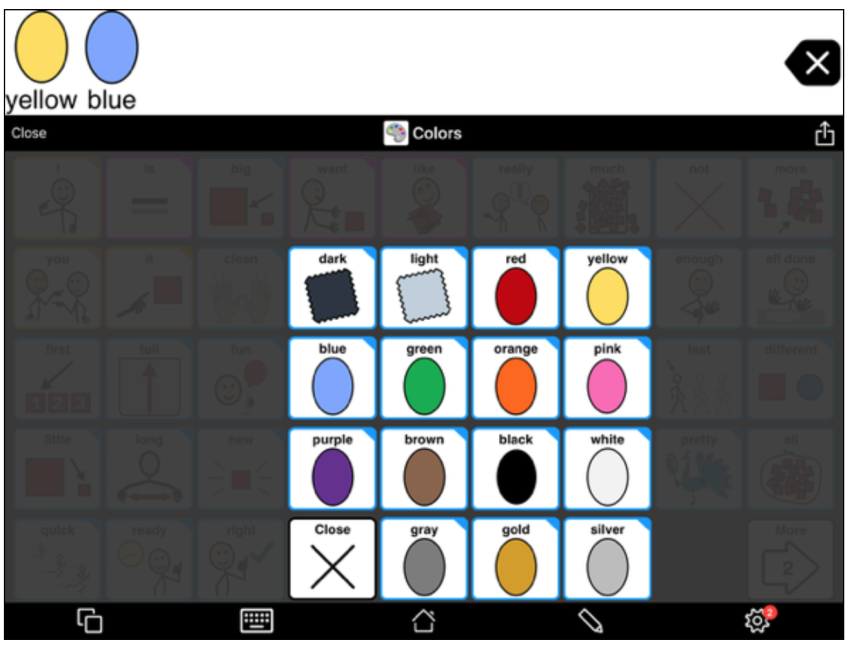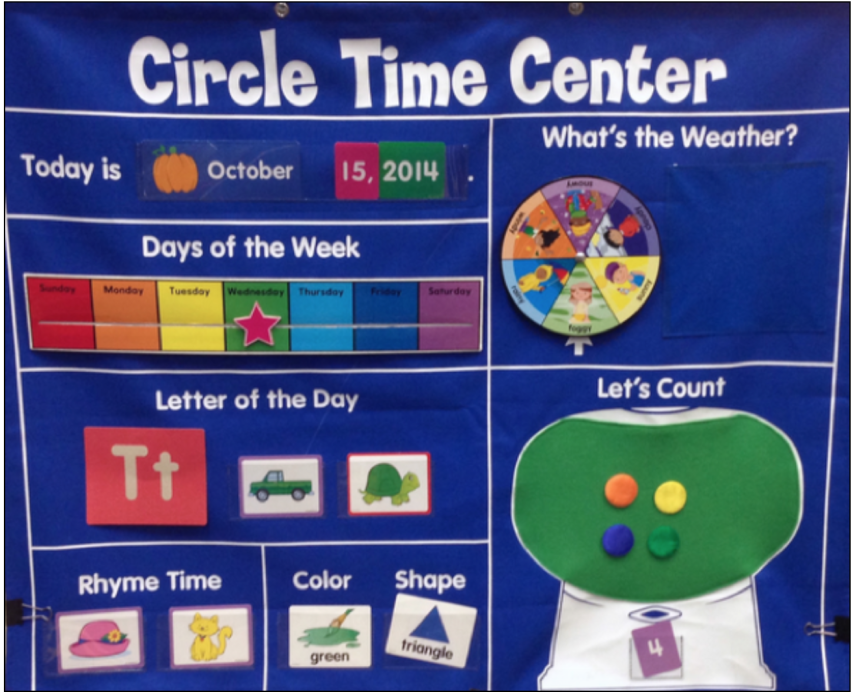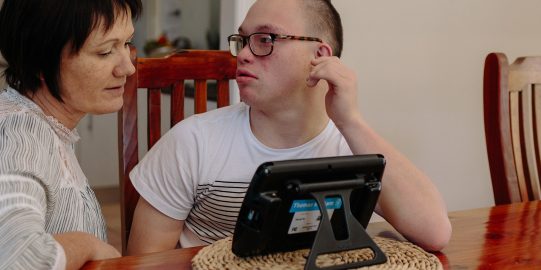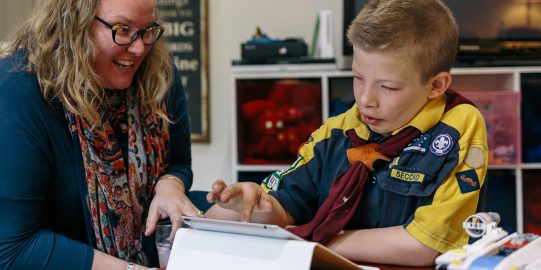I travel a lot and each year visit many special needs classrooms in different parts of the world. One of the things that often strike me is the role questions play in teachers' and therapists' communication with AAC users.
An open-ended question can be described as a question which requires a full response from a person that is based on their own knowledge and feelings. In any environment where questions occur naturally, like in classrooms, it is essential that open-ended questions are used for AAC users. It allows language to be modeled and gives AAC users the opportunity to learn to say what they think and feel. This is very different from situations where they are asked questions that you already know the answer to!
In this article we will look at a couple of situations in which there is a tendency to use closed questions or questions that the AAC user knows the person asking the question already knows the answer to. For each situation I will suggest some alternative, more natural and more conversational approaches for asking questions.
Introductions
A visitor in the classroom is a great opportunity to let an AAC user ask some questions and answer some questions, but what often happens instead is a dialogue like this:
- Teacher to student: "Look we have a visitor today."
- Teacher to student: "What is your name?"
- Student looks a bit puzzled at the teacher.
- Teacher to student: "What is your name, Johnny?"
- Teacher navigates to About Me page of the AAC system
- Student presses Name button on system: "My name is Johnny."
- Teacher looks expectantly at visitor
- Teacher to student: "How many brothers do you have?"
- And so forth...
I have seen this happen so often that it can't be a coincidence. What is wrong here? The teacher is asking the student questions that the student knows the teacher already knows the answer to. Can you imagine this happening in a regular education classroom with a verbal student? Probably not. What you would probably imagine is that in that case the conversation would be initiated with the teacher looking at the student and saying: "please introduce yourself to our visitor." Why not do the same for the AAC user? Would that not be a more natural cue to start a conversation with the visitor? Or, even better, take the opportunity of having a visitor to let an even more naturally prompted situation develop. Before meeting the student ask the visitor to introduce himself and then ask the student about his name and siblings. That way the student can show his skills in a natural setting where the person asking the questions clearly cannot already know the answers.
Colors
We make a communication app, Proloquo2Go, and designed it to be used for communication. However, in many classrooms I see it be used far more for quizzing and testing students than for real communication. I will focus on one common example here that I have observed in way too many classrooms. Teachers and therapists want to know if a student can identify shapes and colors correctly. I guess direct teaching of concepts such as colors is considered useful to build on for further academics. Here is a typical dialogue:
- Therapist points at a yellow object.
- Therapist: "What color is this?"
- Student presses Yellow button on system: "Yellow."
- Therapist: "Good job."
- Therapist points at a blue object.
- Therapist: "What color is this?"
- Student presses Blue button on system: "Blue."
- Therapist: "Good job. Good talking."
- Therapist points at a yellow object.
- Therapist: "What color is this?"
- Student presses Green button on system: "Green."





